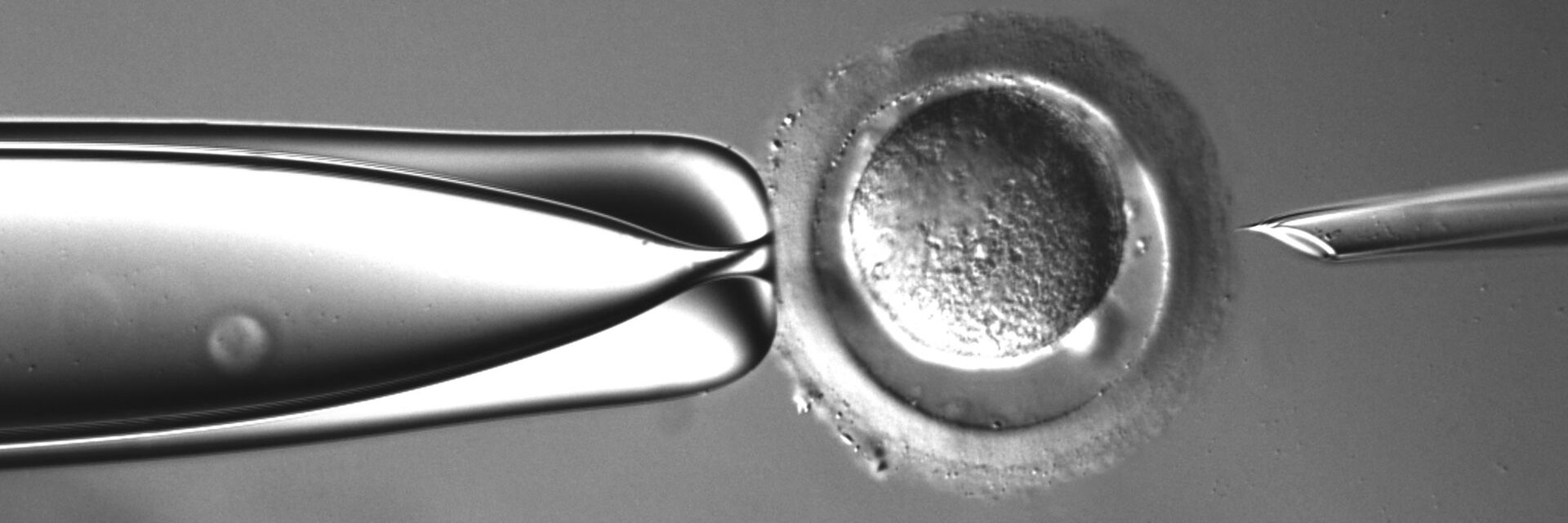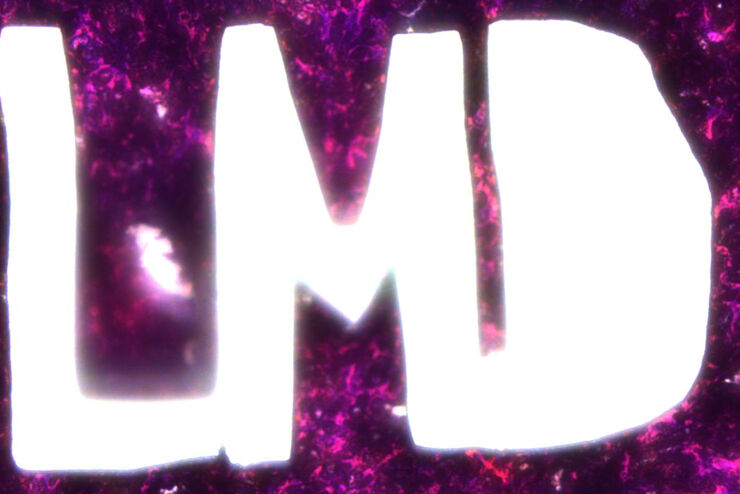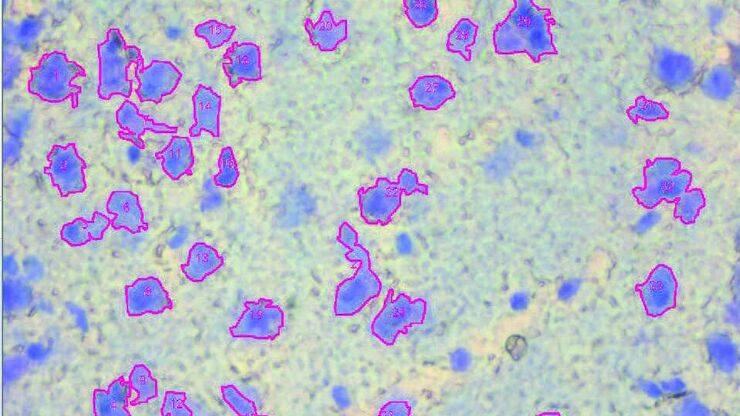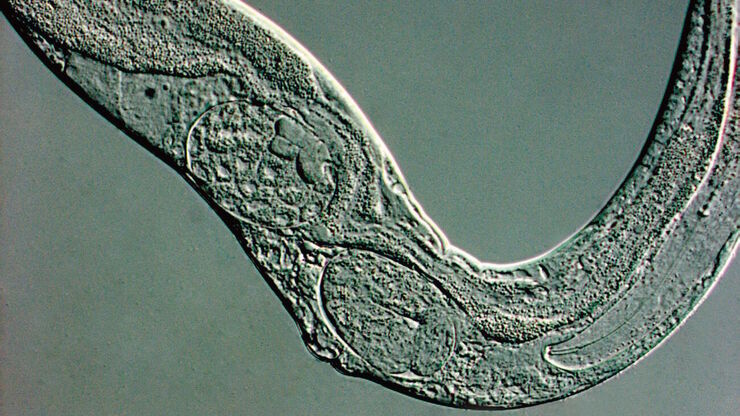Micromanipulation
In many time-lapse or multi-dimensional experiments, cell manipulation is the starting point for subsequent analysis. Microinjection with DNA, RNA or probes into adherent cells enable you to better understand pathways and intracellular machinery. DNA, stem cells or spermatozoa microinjection into oocytes or blastocysts are performed to create transgenic or cloned organisms, or to fertilize oocytes for Assisted Reproductive Technology (ART), such as in vitro fertilization ( IVF ).
Furthermore the CRISPR/Cas9 technique is used to produce transgene animals. With several Leica configurations to meet your needs and budget, you will be sure to find the perfect micromanipulation solution.
Want to know more on our solutions for Micromanipulation?
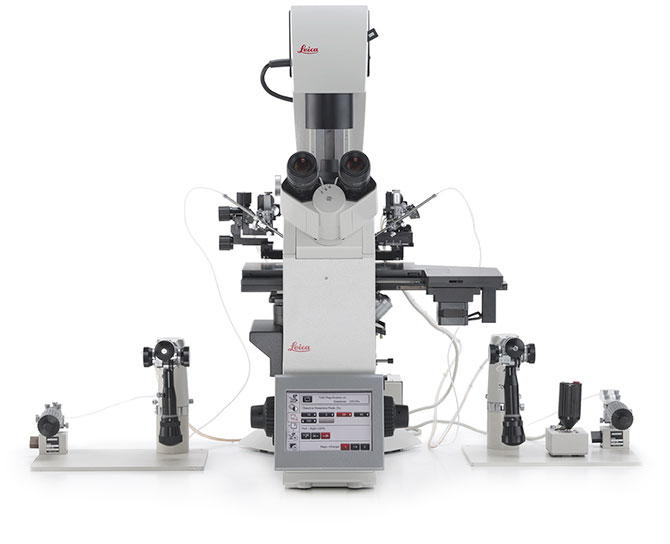
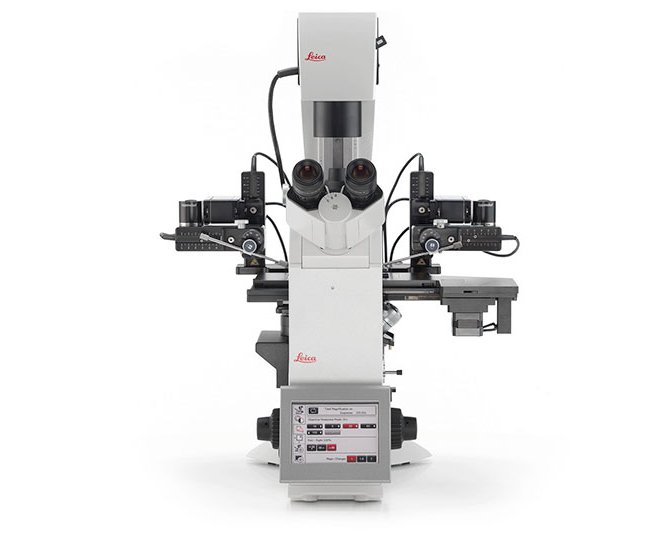
Configuration example for ICSI
Leica Microsystems and Narishige: a widely used combination around the world. With both manual and motorized oil hydraulic Narishige micromanipulators available, find the option that works best for your needs.
- DMi8 with manual focus and nosepiece
- 10x, 20x, 40x objectives
- Integrated Modulation Contrast
- Manual three-plate stage
- Leica MATS 37°C heating insert
- MC170 HD camera
Configuration example for pronucleus injection
Pronucleus injection requires highest image quality. Therefore, we recommend to use DIC.
- DMi8 with motorized focus and nosepiece
- Touch screen
- 10x, 20x, 40x objectives
- Differential Interference Contrast (DIC)
- Manual or motorized three-plate stage
- MC170 HD camera
Configuration example for embryonic stem cell transfer
Fully Motorized Micromanipulation: The fully motorized Leica DMi8 and Eppendorf micromanipulators allow you to store and recall important functions, thereby increasing speed and precision. A touch screen can be added for easy and intuitive control of all microscope functions.
- DMi8 with motorized focus and nosepiece
- Touch Screen
- 10x, 20x, 40x objectives
- Integrated Modulation Contrast and Phase Contrast
- Manual or motorized three-plate stage
- MC170 HD camera
Brilliant Image Quality
Visualize small structures, such as sperm heads, with the highest resolution and contrast. With superb contrast methods, such as Integrated Modulation Contrast and DIC, and a variety of high quality objectives to choose from, you will see tiny structures with clarity.
Keep the Specimen in View
Zoom in and out without switching objectives and losing sight of moving specimens. The Leica variozoom camera c-mount allows you to increase and decrease the magnification with just a turn of the adaptor - perfect to keep fast moving specimen like spermatocytes in view while changing magnification to check morphology or catch a sperm for injection.
Concentrate on Your Work
Change contrast methods or magnification with just one press of the button on the touch screen or microscope.
Intelligent automation in the Leica DMi8 selects the right optical elements to visualize your specimen at its best.
Convenient and Ergonomic Remote Control
Easily control the focus and stage movements via the Leica Smart Move placed next to your microscope.
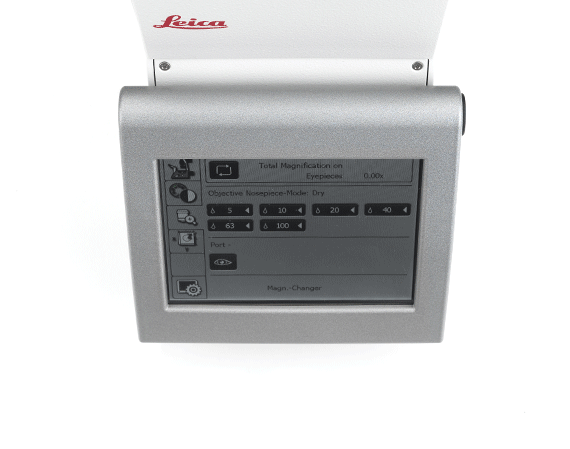
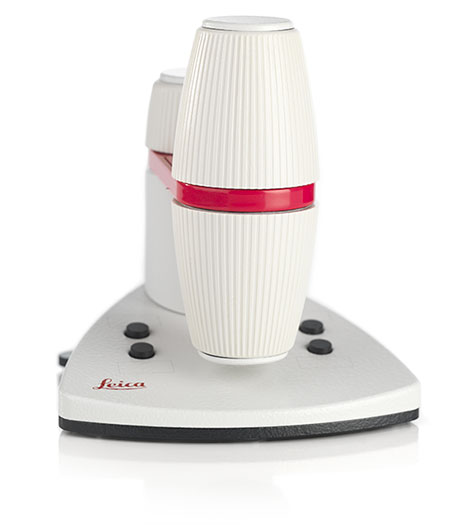
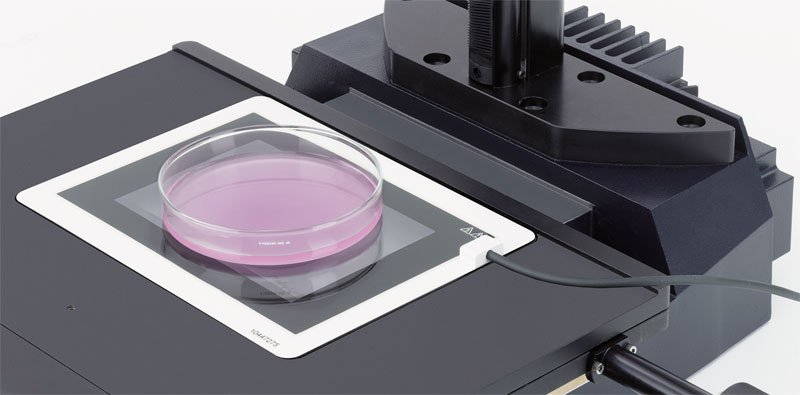
Leica MATS
MATS = Microscope-stage Automatic Thermocontrol System
Maintain the Right Temperature
- The Leica MATS heated stage insert works in combination with dry and oil objectives up to 100x.
- With precise and stable temperature control, you can ensure that sensitive samples are kept at the right temperature.
